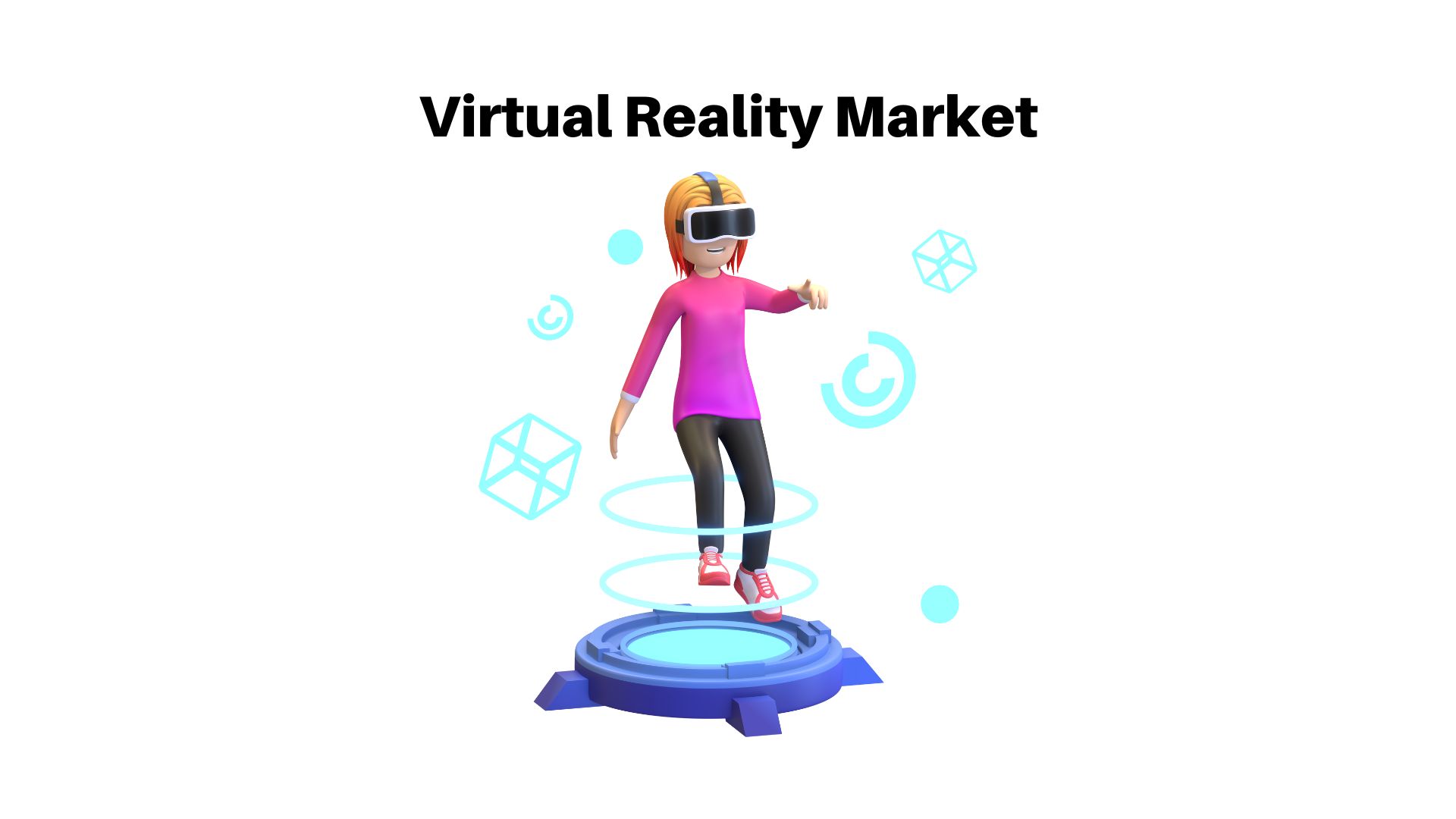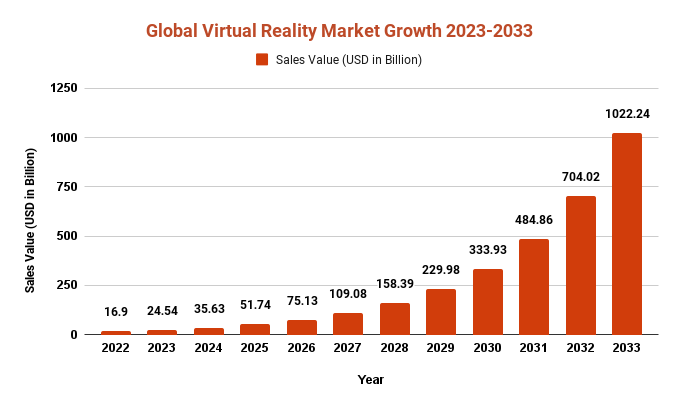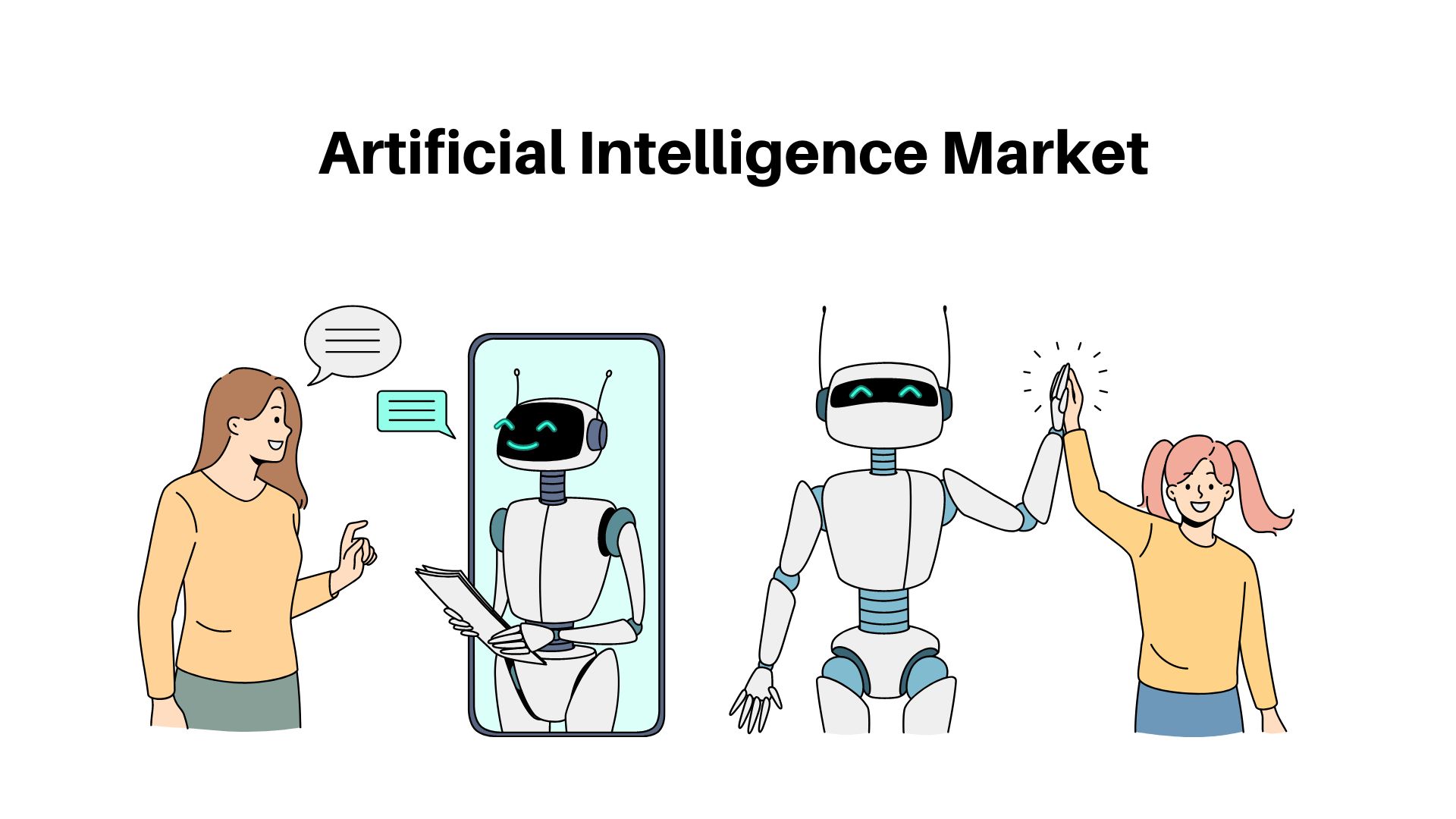Virtual Reality Market Globally Expected to Drive Growth Nearly USD 1022.24 Bn By 2033

Page Contents
Market Overview
Published Via 11Press: Virtual Reality (VR) is a computer-generated environment that simulates physical presence in another world, typically through the use of headsets or other immersive devices. This technology creates an immersive feeling, enabling users to engage with the virtual environment as if it were real. Virtual Reality Market has many applications such as gaming, entertainment, education, healthcare and training – notably within gaming and entertainment industries where users are given more immersive and interactive forms of entertainment where they can explore virtual environments and characters more closely.
The Global Virtual Reality market represented USD 16.9 Bn in 2022 and will anticipate around USD 1022.24 Bn by 2033 projected around CAGR of 45.2% amid forecast frame of 2023 to 2033.
Education can benefit from virtual reality (VR), offering students hands-on experiences that would be difficult or impossible to replicate in the real world. Healthcare uses VR for pain management, physical therapy and surgical training; training and professional development offers immersive simulations such as military training or emergency response training, plus much more.
Key Takeaways
- The Virtual Reality Market expected to reach USD 16.9 Billion in 2023.
- Forecasted compound annual growth rates between 2023 and 2033 is 45.2%.
- By 2033, the Virtual Reality Market is projected to reach USD 1022.24 Billion.
- North America is home to many VR companies and it is one of the biggest markets for this technology.
- China is the leading market for VR technology in Asia.
- Virtual Reality is an emerging technology that creates the illusion of a user being present in a simulated environment. The user can interact with the environment and objects as if they were real.
- VR can be applied in many fields, such as gaming, entertainment, education healthcare and training.
- Virtual reality offers a more immersive and engaging experience than traditional media like television or movies.
- Virtual reality offers immersive experiences that would be difficult or impossible to replicate in the real world.
- VR has the potential to revolutionize many industries by offering new and creative ways to learn, work, and play.
- Virtual reality technology is rapidly progressing and becoming more accessible to consumers, with increasingly cost-effective and user-friendly devices entering the market.
- As VR technology continues to advance it is likely to become more widely adopted and integrated into various aspects of daily life.

Get Virtual Reality Sample Report: https://marketresearch.biz/report/virtual-reality-market/request-sample/
Regional Snapshot
North America is home to many VR companies and it is one of the biggest markets for this technology. The gaming and entertainment industries were early adopters of VR, creating many popular games and experiences that can be enjoyed by North Americans.
European nations such as the United Kingdom, Germany and France are major players in the VR industry. These nations prioritize training and education through VR technology, along with applications in automotive and manufacturing processes.
China is the leading market for VR technology in Asia, boasting an increasing number of companies developing hardware and software. Japan and South Korea are also significant players in this region with a focus on VR gaming and entertainment.
VR is also becoming more widely adopted in other regions, such as Australia and New Zealand, where the technology is being employed for education and tourism. Although Latin America and Africa are still early adopters of VR, there is growing interest and investment in this space.
Enquire with our industry specialist: https://marketresearch.biz/report/virtual-reality-market/#inquiry
Drivers
Technology is constantly progressing, making VR hardware and software increasingly sophisticated, affordable, and accessible to consumers. This has made VR increasingly attractive to a wider range of people and created new possibilities beyond gaming and entertainment. Customers are increasingly interested in immersive experiences; VR offers an engaging way to engage with digital content. This demand has spurred the creation of new VR content as well as applications.
VR is increasingly being employed for business applications, such as training and simulation, providing companies with new chances to leverage the technology and improve productivity and efficiency. There has been significant investment and funding invested into the VR industry by both established tech companies and startups alike – driving innovation and creating new VR applications. Furthermore, there exists a vibrant ecosystem of developers, creators, and content providers driving this growth forward – pushing boundaries of what's possible with this cutting-edge technology.
Restraints
VR hardware and software can be costly, which presents a major hurdle to entry for many consumers and businesses. Though costs have been steadily decreasing, this remains an obstacle for some potential users. While there is more VR content available now than ever before, there still lacks quality across many industries – potentially further decreasing its appeal for some users. Furthermore, as VR requires specialized knowledge and skillset to use properly; this may pose obstacles to those without the resources to invest in necessary technical capabilities.
Some users may experience discomfort or motion sickness when using VR technology, which could limit its appeal and effectiveness. Furthermore, safety concerns exist around prolonged usage of VR. Unfortunately, VR is still not widely accessible or usable by all people–especially those with disabilities or living in remote or underserved areas.
Opportunities
VR offers an immersive and captivating gaming and entertainment experience. This presents game developers and entertainment companies with a great opportunity to create new VR content. VR also provides hands-on learning experiences which would be difficult or impossible to replicate in the real world, creating opportunities for educational institutions and businesses to improve training programs and boost learning outcomes. VR is even being used in healthcare to provide pain relief, boost mental health, and help patients cope with medical procedures – providing healthcare providers with chances to improve patient outcomes while cutting costs.
VR technology is being applied in architecture and design to create realistic 3D models and visualizations of buildings and spaces, offering architects and designers new opportunities for accuracy and efficiency in their designs. Real estate agents and developers can take advantage of VR's potential by offering virtual property tours and immersive experiences for potential buyers, improving both buyer-seller experiences while reaching a wider audience. Lastly, marketers and advertisers have an exciting new avenue through VR to engage their target audiences and craft memorable brand experiences.
Challenges
As previously noted, the cost of VR technology remains a major obstacle for consumers and businesses alike. High-end hardware and software can be prohibitively expensive for many consumers and businesses, and some users may experience discomfort or motion sickness when using it, thus restricting its appeal and effectiveness. Developing high-quality VR content necessitates specialized knowledge and skills which may prove an obstacle for some businesses and developers. Moreover, setting up and using VR hardware and software correctly may prove complex for some individuals.
Though the availability of VR content is growing, there remains a shortage of quality content across many industries, which may limit its appeal for some users. Furthermore, safety concerns exist when using VR for extended periods of time, especially if using it improperly. These include eye strain, headaches and other health risks. Unfortunately, VR technology is still not widely accessible or usable by all users – particularly those with disabilities or in remote or underserved areas. Despite the potential advantages of VR technology, user adoption remains a barrier. Many consumers and businesses may be reluctant to invest in this emerging field due to a variety of challenges listed above, as well as lack of awareness regarding its applications and advantages.
Market Segmentation
Global virtual reality market segmentation by components:
- Hardware
- Software
Global virtual reality market segmentation by technology:
- Non-Immersive
- Semi & Fully Immersive
Global virtual reality market segmentation by device type:
- Head-mounted display (HMD)
- Gesture tracking devices (GTD)
- Projectors & display walls (PDW)
Global virtual reality market segmentation by application:
- Aerospace & Defense
- Commercial
- Consumer Electronics
- Industrial
- Medical
- Other
Key Players
- Oculus VR LLC
- Sony Corporation
- HTC Corporation
- Samsung Electronics Co. Ltd
- Google Inc.
- CyberGlove Systems LLC
- Leap Motion Inc
- EON Reality Inc.
- Avegant Corp.
- Razer Inc.
Report Scope
| Report Attribute | Details |
| Market size value in 2022 | USD 16.9 Bn |
| Revenue forecast by 2033 | USD 1022.24 Bn |
| Growth Rate | CAGR Of 45.2% |
| Regions Covered | North America, Europe, Asia Pacific, Latin America, and Middle East & Africa, and Rest of the World |
| Historical Years | 2017-2022 |
| Base Year | 2022 |
| Estimated Year | 2023 |
| Short-Term Projection Year | 2028 |
| Long-Term Projected Year | 2033 |
Growing Demand => Request for Customization
Recent Developments
- Standalone VR Headsets: The introduction of standalone VR headsets such as Oculus Quest and HTC Vive Focus has made virtual reality (VR) more approachable and user friendly, since users no longer need to be connected to a computer for use.
- Augmented Reality (AR) Integration: AR technology is being integrated into VR, creating more realistic and interactive experiences that blend the virtual and real worlds.
- Haptic Feedback: The development of haptic feedback technology, which allows users to physically feel and interact with virtual objects, has further enhanced the immersive nature of VR experiences.
- Eye-Tracking: Eye tracking technology is being integrated into VR headsets, providing more natural and intuitive interactions with virtual environments.
- AI Integration: AI is being integrated into VR to create more intelligent, responsive virtual environments and characters.
- Improved Content: VR content is becoming of higher quality and variety, with more high-end games, simulations, and educational experiences being created.
- Enterprise Adoption: Businesses are increasingly embracing VR technology for training, product development, and other uses – leading to an uptick in investment and R&D activity within the industry.
Key Questions
1. What is virtual reality (VR)?
Virtual reality (VR) is a computer-generated simulation of a three-dimensional environment that can be interacted with through specialized hardware like a VR headset and controllers.
2. What are the key advantages of virtual reality?
Virtual reality offers numerous advantages, such as improved engagement and immersion, enhanced learning and training experiences, and the capacity to create new and creative products and services.
3. What are the primary challenges associated with virtual reality?
The primary issues confronting VR include high costs, motion sickness, technical difficulties, limited content availability, safety concerns, accessibility issues and user adoption.
4. What industries are currently using virtual reality technology?
Virtual reality applications span across numerous sectors, such as gaming and entertainment, education/training, healthcare, architecture/design, real estate sales and marketing /advertising
5. What recent advancements have been made in virtual reality technology?
Recent advancements include standalone VR headsets, augmented reality integration, haptic feedback, eye-tracking technology, AI integration, enhanced content and increased enterprise adoption.
Contact us
Contact Person: Mr. Lawrence John
Marketresearch.Biz (Powered By Prudour Pvt. Ltd.)
Tel: +1 (347) 796-4335
Send Email: [email protected]
The team behind market.us, marketresearch.biz, market.biz and more. Our purpose is to keep our customers ahead of the game with regard to the markets. They may fluctuate up or down, but we will help you to stay ahead of the curve in these market fluctuations. Our consistent growth and ability to deliver in-depth analyses and market insight has engaged genuine market players. They have faith in us to offer the data and information they require to make balanced and decisive marketing decisions.



